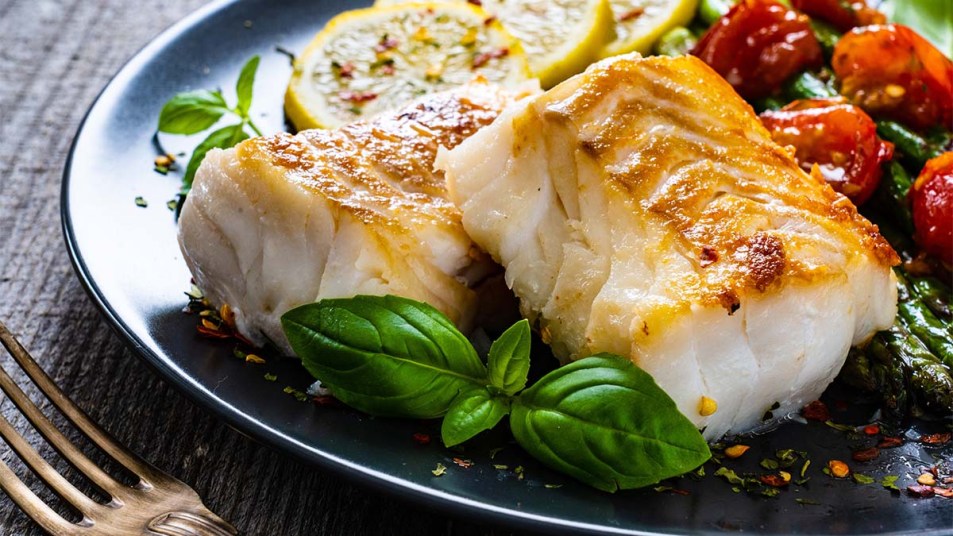3 Foods That Are Harming Our Environment — And What To Eat Instead

January always feels like a fresh start for me. Not only is it the beginning of the year, it’s the month I was born! That makes it a perfect time to re-establish the healthy habits I want to keep going for the rest of the year — and one that’s top of mind for me every year is adopting a greener lifestyle in order to help reduce my carbon footprint. That’s why I was excited to see a new research study that offers science-backed, eco-friendly food swaps that are good for our planet (and good to eat!).
What Do Americans Eat?
A recent study published in The American Journal of Clinical Nutrition looked at the environmental impact of substituting certain earth-friendly foods for other, less sustainable options. From 2005 to 2010, scientists collected data from a national survey highlighting the foods more than 16,000 Americans (18 and older) ate in an average day. They also measured two factors:
- Estimated greenhouse gas emissions from each participant’s daily diet
- Water scarcity footprint of each participant (a calculation of the amount of irrigated water needed to produce the foods people eat, based on region)
After the five-year study period, researchers looked at the results to see which foods had the greatest environmental impact — and what substitutions would be more eco-friendly.
Bad News for Beef Lovers
Not surprisingly, beef had the biggest environmental impact of any food in the American diet. The study authors noted that the production of beef creates 20 times more greenhouse gas emissions than that of nuts, seeds, and legumes (yikes!). About 20 percent of survey respondents ate at least one serving of beef a day.
What’s a meat-lover to do? Lead author Diego Rose, PhD, MPH, RD, said poultry, such as chicken and turkey, are far more eco-friendly meat options than beef. In particular, choosing turkey instead of beef reduced greenhouse gas emissions by 48 percent, and water-use impact by 30 percent.
Other substitutions, like choosing cod instead of shrimp, or soy milk as opposed to dairy milk, decreased greenhouse gas emissions by 34 and eight percent, respectively.
Making More Earth-Friendly Food Choices
When it come to improving our water scarcity footprint, some vegetables are greener than others. Substituting asparagus with peas saw a 48 percent drop in water scarcity footprint. That’s because pea plants grow when the weather is cool and wet, so sometimes they might not need to be watered at all — whereas asparagus plants need about one or two inches of water per square foot each week the first two years of planting (a huge difference!).
Love to snack on nuts? Peanuts are a more sustainable choice than almonds: Swapping peanuts for almonds lowers water use by 30 percent.
Researchers say these easy food swaps are a great step toward establishing environmentally conscious habits. “Simple substitutions can be made in individuals’ diets to substantially reduce their carbon and water scarcity footprints without sacrificing dietary quality,” Rose wrote.
These food substitution suggestions allow us to have the best of both worlds, with yummy food that’s also good for the planet. And on that note, it looks like it’s time for me to tweak my weekly grocery list!
















